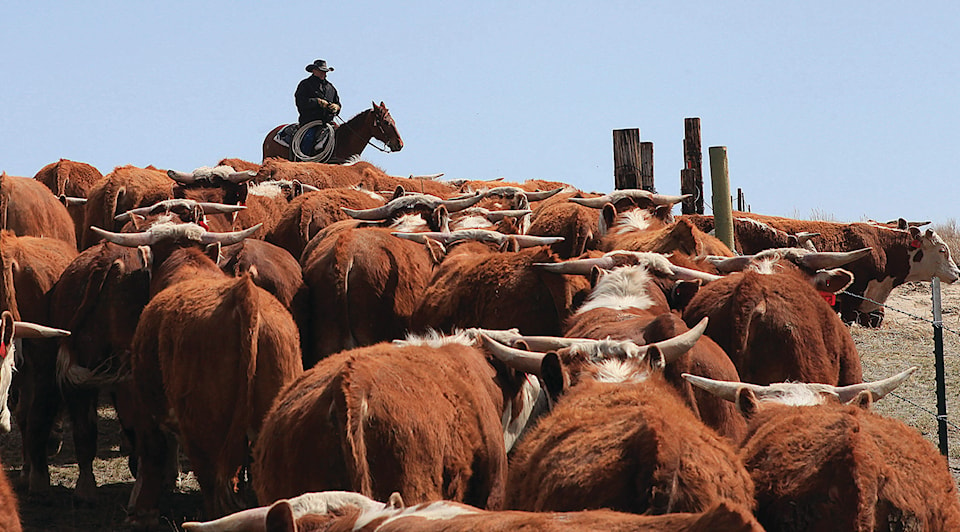A new year and new leadership has the Alberta Cattle Feeders Association (ACFA) looking to maintain a successful industry.
Janice Tranberg took the reigns as president and CEO of the ACFA, as well as the National Cattle Feeders Association (NCFA), as the calendar flipped to 2019.
“One of the things I’ve been doing is reaching out to the members and wanting to hear what their major issues are and what we can do for them,” said Tranberg, who was the executive director for SaskCanola.
Chief among those issue is filling a labour gap. Since 2009, the shortage has hit 60,000 and projected to nearly double to 114,000 workers in the next six years.
“Labour seems to come up as top of mind for (the members) and the understanding is it’s hard to get people willing to live or go to rural locations, plus the work can be difficult so that puts them at a disadvantage,” she stated.
“We’ve been working with the provincial and federal governments on some of the programs they offer that bring temporary foreign workers into Alberta. As of late, we are cautiously optimistic and hope there will be some positive movement in the next little while.”
Discussions have been productive though the ACFA knows the program is not sustainable in the long term. Tranberg added allowing a greater number of skilled immigrants permanent residency would certainly benefit everyone.
The provincial government plays a big hand in the next two issues facing the ACFA — infrastructure and farm safety — and given the looming election, Tranberg’s hope is rural issues will get more support.
“Agriculture is very infrastructure dependent. We need to have good roads and bridges, but it’s even gotten to the degree of having the technology like broadband to run their operations,” she explained.
“Again though, we have been meeting with all levels of government as they need to recognize how important this is to our industry. Agriculture is the number two driver of the Alberta economy.
As far as Alberta’s new farm safety legislation, Tranberg noted there were several positives, but that the ACFA would still like a few tweaks made to give the industry more flexibility.
“One example is many ACFA members had really good benefits programs, but were told they must use WCB — a program that wasn’t as inclusive as what the members had,” she stated.
“Out of that though, the number one thing is that we ensure workers are looked after and good farm safety.”
The ACFA has began a study into new regulations, added taxes and other potential changes that impact the beef sector’s competitiveness.
Most notably are the carbon tax, Lethbridge County’s livestock tax and, one that Ponoka County has wrestled with lately, exclusion zones on confined feeding operations (CFOs).
“If we don’t have regulations that are business friendly and that allow us to move our product to market, then that impedes the industry. If we get a piling on of additional taxes or have higher input costs or can’t get the labour force we need, that makes us less competitive,” Tranberg explained.
The study will be used as a baseline to show government what the sector needs to stay competitive while still growing.
That growth, especially domestically, has Tranberg encouraged that consumers still trust the industry while also looking at what can be done to help the public better understand the sector and why the operations are run the way they are.
“One piece of that is bringing people onto the farms, so they can actually see what we are doing and how the animals are cared for,” she stated.
“This is a way of life that our members really enjoy. When people actually talk to them one-on-one, that comes through.”
